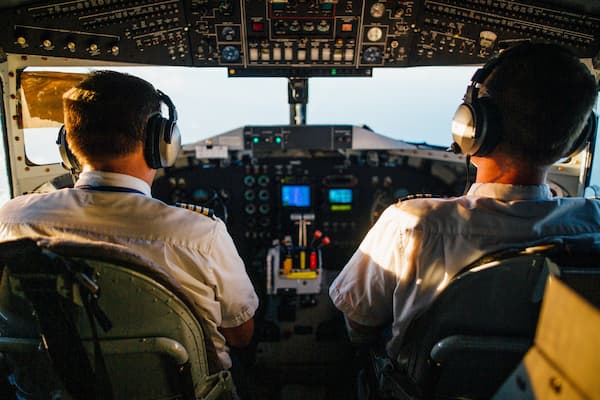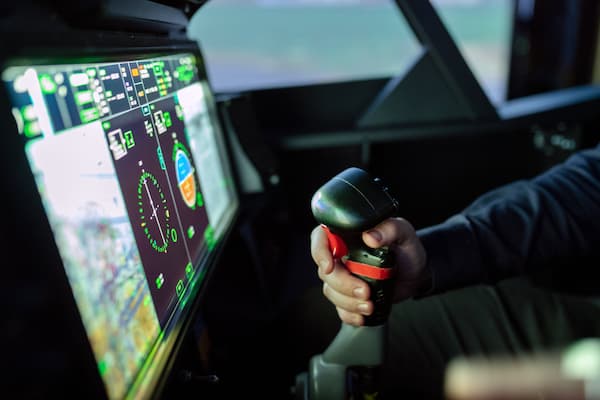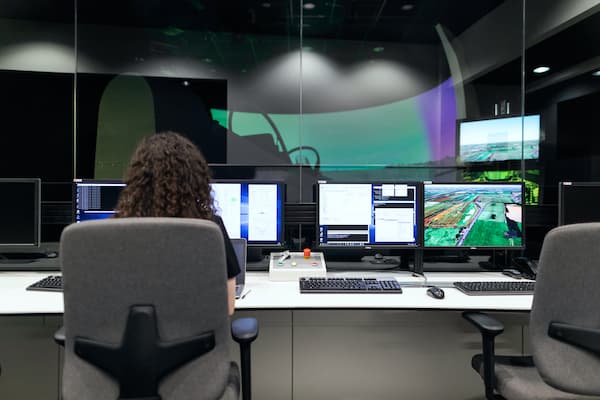Human Factors Engineering in Aviation
Human Factors Engineering in Aviation is a critical discipline that examines the interaction between humans and the aviation environment. This article provides a comprehensive exploration of the role of Human Factors Engineering in aviation safety, covering key principles, challenges, advancements, and its crucial impact on the design and operation of aircraft.
Navigating the Skies Safely

Human Factors Engineering in Aviation is a multidisciplinary field that recognizes the pivotal role human performance plays in the safety and efficiency of aviation operations.
Find out more about the foundational principles that govern human factors engineering in aviation and its evolution as a key component in enhancing air travel safety.
Core Principles of Human Factors Engineering in Aviation
- Crew Resource Management (CRM): Emphasizing effective communication, teamwork, and decision-making among flight crews to prevent errors and enhance situational awareness.
- Situational Awareness: Ensuring pilots have a clear understanding of their surroundings, aircraft status, and potential hazards in real-time.
- Fatigue Management: Addressing the impact of pilot fatigue on performance and implementing strategies to mitigate fatigue-related risks.
- Automation and Human-Machine Interface (HMI): Designing cockpit interfaces that facilitate smooth interaction between pilots and automated systems.
Challenges in Human Factors Engineering in Aviation
- Automation Dependency: Balancing the advantages of automation with the need for pilot proficiency and intervention when necessary.
- Cultural and Communication Variances: Navigating diverse crew backgrounds and communication styles to ensure effective collaboration.
- Stress and Workload Management: Developing strategies to cope with high-stress situations and managing workload during critical phases of flight.

Advancements and Technologies
- Advanced Cockpit Technologies: Implementing state-of-the-art avionics and displays that enhance information presentation and reduce cognitive workload.
- Augmented Reality (AR) in Cockpits: Integrating AR to provide enhanced situational awareness and critical information overlays.
- Human Performance Monitoring: Using wearable technologies and analytics to monitor pilot performance and detect signs of fatigue or stress.
Impact on Aviation Safety
Human Factors in Aviation significantly contributes to the prevention of accidents and incidents. By addressing the human element, including communication, decision-making, and situational awareness, the discipline plays a vital role in minimizing errors and improving overall aviation safety.
Training and Simulation
Utilizing realistic training scenarios and flight simulators to enhance pilot skills in managing complex situations, teamwork, and decision-making under pressure.

Future Directions and Collaboration
- Integration of Artificial Intelligence (AI): Exploring the synergy between human decision-making and AI systems to enhance overall aviation safety.
- Cross-Industry Collaboration: Sharing best practices and lessons learned in human factors across different aviation sectors for continuous improvement.

Conclusion
Human Factors Engineering in Aviation stands as a linchpin in ensuring the safety and efficiency of air travel.
By continually evolving to address new challenges and incorporating advanced technologies, this field contributes significantly to the future of aviation, fostering an environment where humans and machines collaborate seamlessly to navigate the skies safely.
